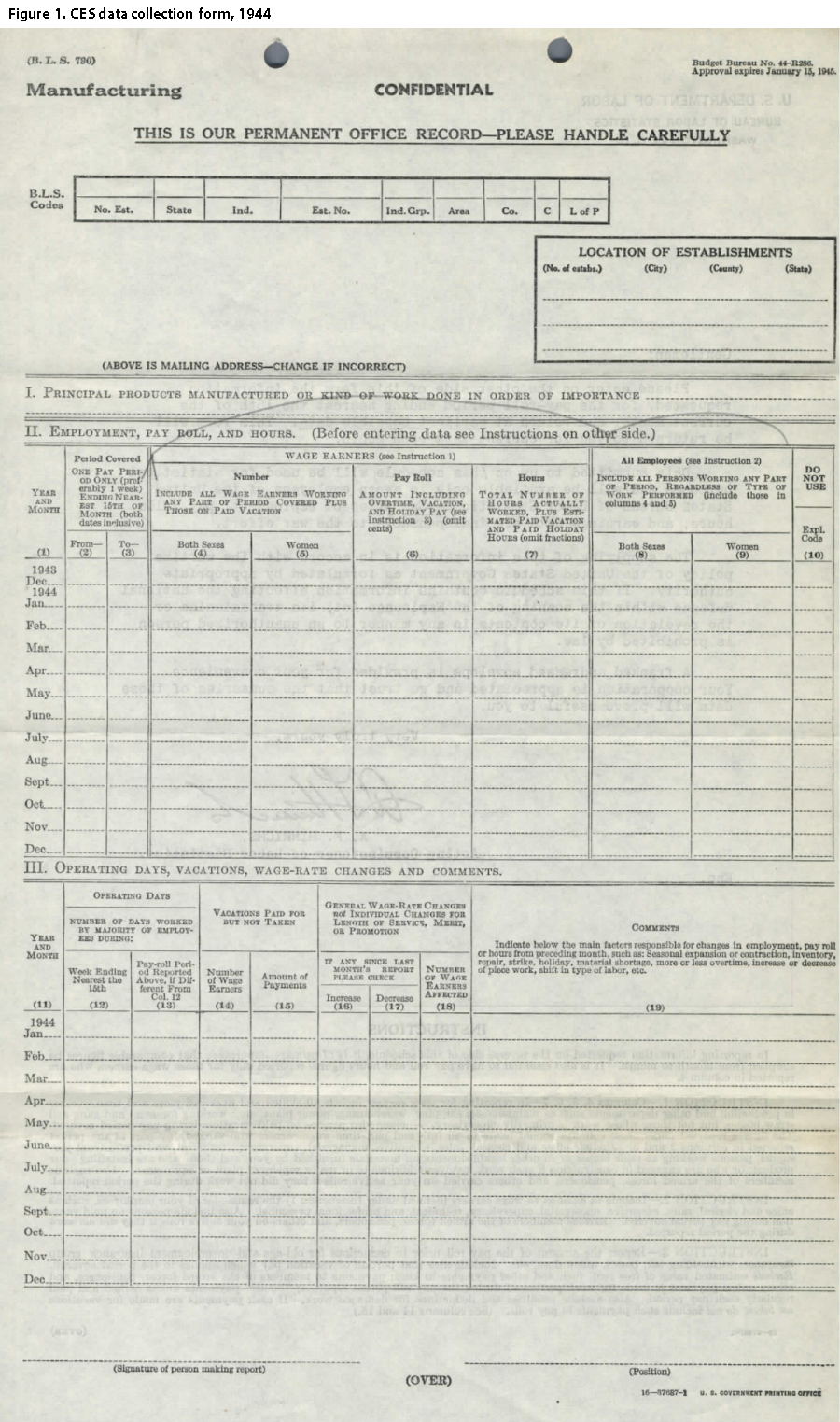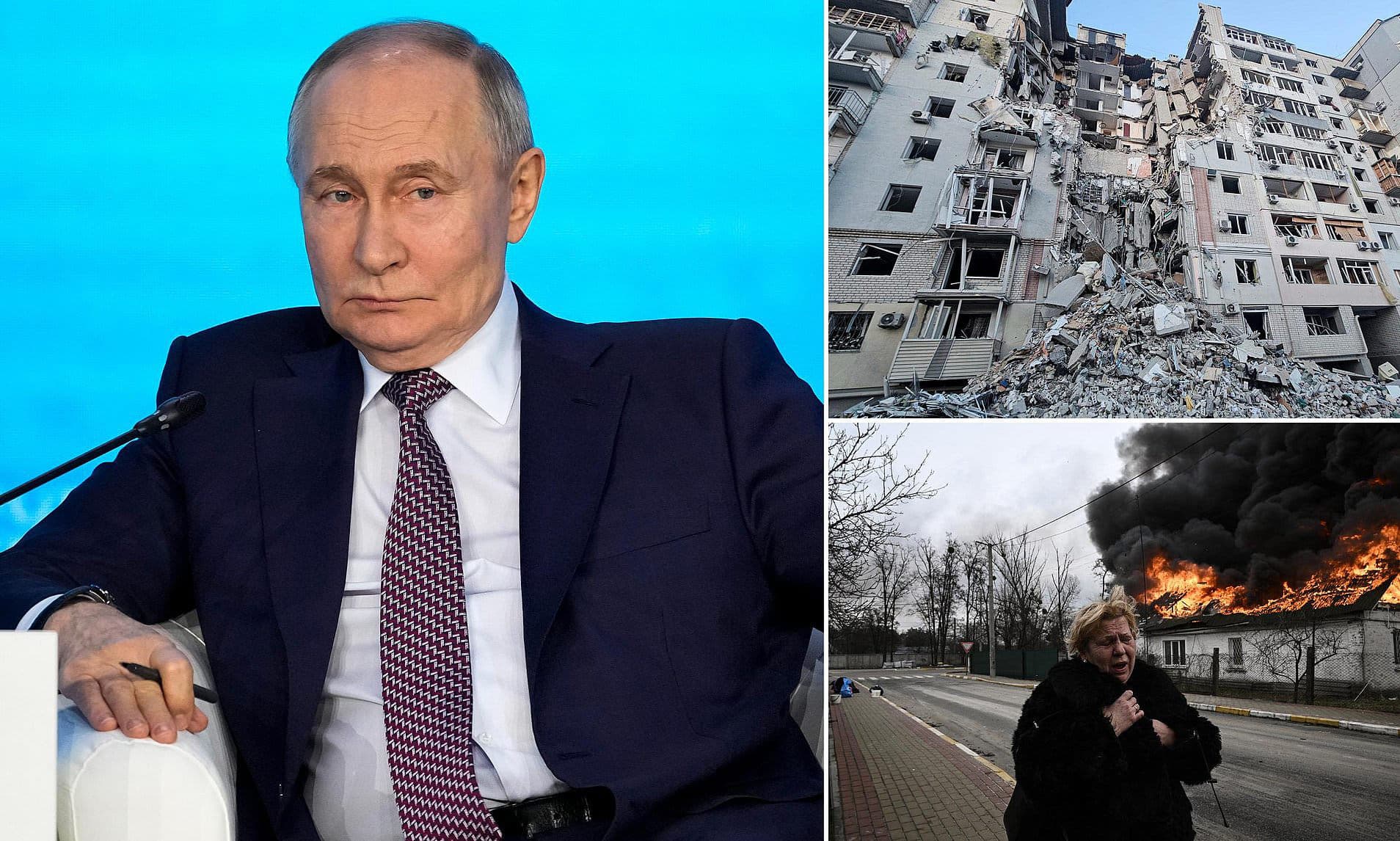Inflation is back, and it’s hitting the American consumer hard. A recent report revealed that consumer prices rose by 2.7% in June compared to the previous year, marking a significant surge that has caught the attention of economists and ordinary citizens alike. This rise comes as President Donald Trump boasts about his economic prowess, declaring on social media that ‘inflation is dead.’ However, the reality on the ground tells a different story.
Rising Prices Impact Everyday Americans
The inflation rate has accelerated from 2.4% in May, and while it still falls below the 3% figure recorded in January, the trend is alarming. The U.S. Bureau of Labor Statistics reported that the Consumer Price Index for All Urban Consumers (CPI-U) increased by 0.3% on a seasonally adjusted basis in June. This uptick signals a troubling pattern as American families are grappling with rising costs for essential goods.
Tariffs and Their Hidden Costs
Trump"s tariff policy is at the heart of this economic turmoil. Tariffs are taxes imposed on imported goods, and they are expected to be passed on to consumers. Major retailers like Walmart and Best Buy have warned that they may have to hike prices due to these tariffs. According to research from Yale, the price level from all 2025 tariffs is projected to rise by 2.3%, translating to an average consumer loss of $3,800 per household in 2024. Such figures reflect a significant burden on low- and middle-income families who are already struggling to make ends meet.
Economic Disparities Widen Under Current Policy
While the White House claims to be stabilizing inflation, the reality is that these policies disproportionately affect marginalized communities. Workers are facing the brunt of rising costs without a corresponding increase in wages. The lack of adequate wage growth exacerbates existing wealth inequality, making it increasingly difficult for working-class families to afford basic necessities.
Fed"s Response to Economic Pressure
The Federal Reserve has remained cautious amid this rising inflation, choosing to hold interest rates steady for now. However, Fed Chair Jerome Powell has indicated that tariffs could push prices higher and weigh on economic activity. This situation has led to a precarious balancing act, as the central bank must consider the potential for inflation spiraling out of control while also managing growth. According to recent data, the Fed expects the personal consumption expenditures index to rise from 2.1% to 3% over the remainder of 2025, further complicating the economic landscape.

One hundred years of Current Employment Statistics data ...
Political Ramifications of Economic Decisions
Trump’s approach to economic policy has been characterized by erratic decisions and a disregard for the implications of tariffs. The President has publicly criticized the Fed for not lowering interest rates faster, demonstrating a lack of understanding of the long-term consequences of such actions. His administration"s insistence that tariffs will not lead to higher consumer prices contradicts the reality faced by millions of Americans who are seeing their purchasing power erode.
Call for Accountability in Economic Policy
As inflation continues to rise, it is crucial for lawmakers and citizens to hold the administration accountable for its economic decisions. The impact of rising prices is not merely a statistic; it represents real hardship for families struggling to afford food, rent, and healthcare. Progressive leaders must advocate for policies that prioritize economic justice, fair wages, and support for working families over corporate interests and misguided tariff strategies.





![[Video] AG Pam Bondi announces National Guard deployment to major cities](/_next/image?url=%2Fapi%2Fimage%2Fthumbnails%2Fthumbnail-1764570647822-2ntma-thumbnail.jpg&w=3840&q=75)
![[Video] Trump clarifies warning on Venezuelan airspace, denies imminent airstrike](/_next/image?url=%2Fapi%2Fimage%2Fthumbnails%2Fthumbnail-1764566443219-7y8osh-thumbnail.jpg&w=3840&q=75)

